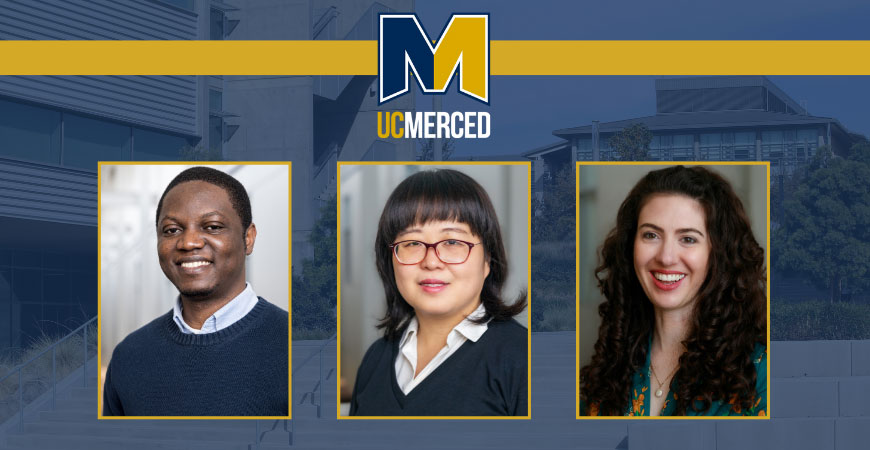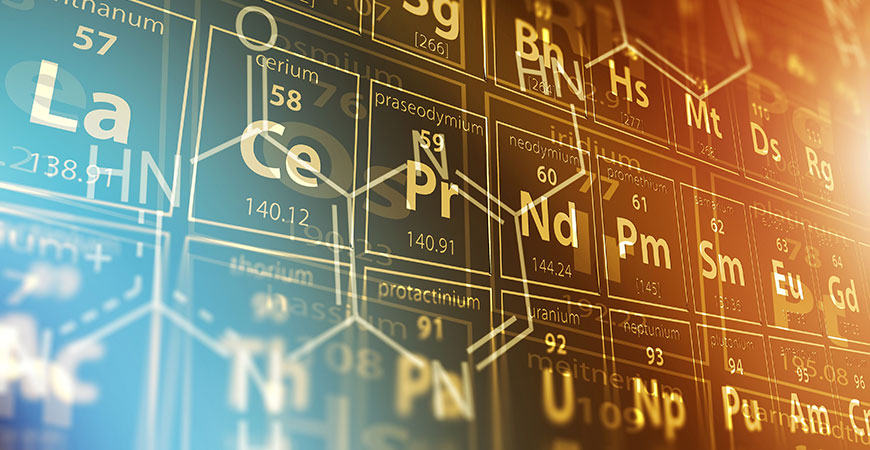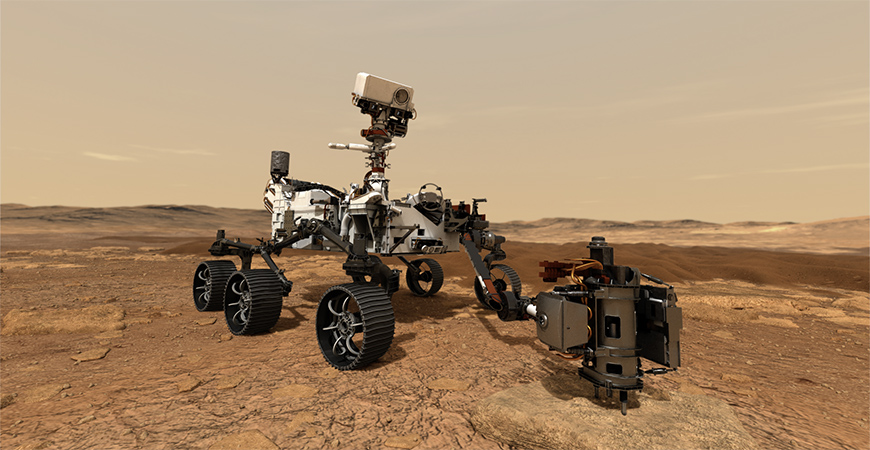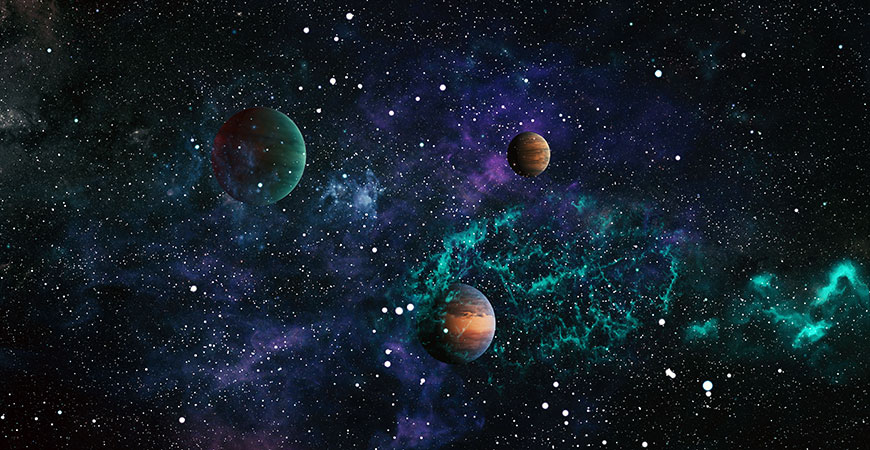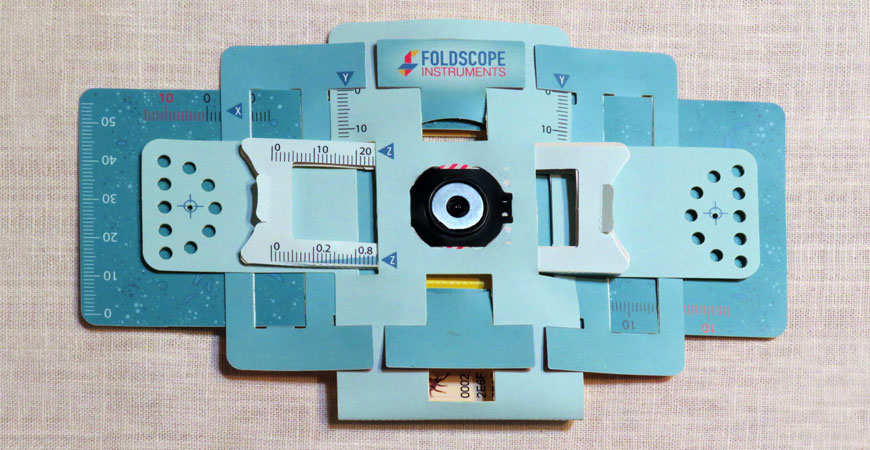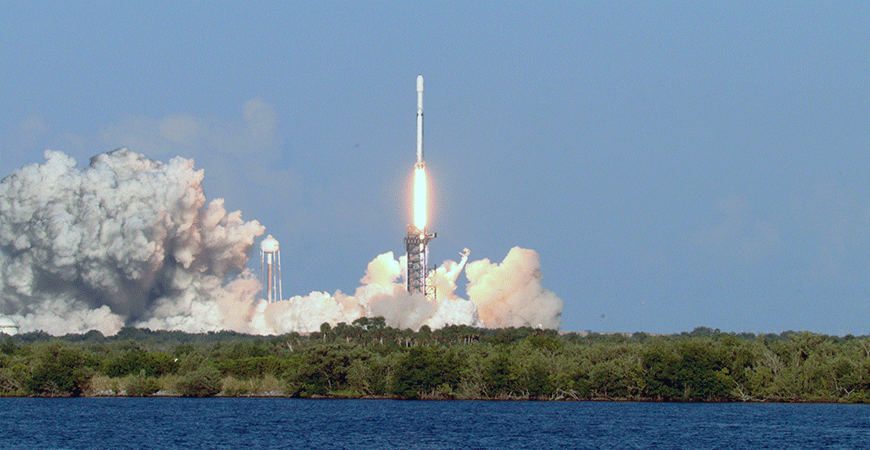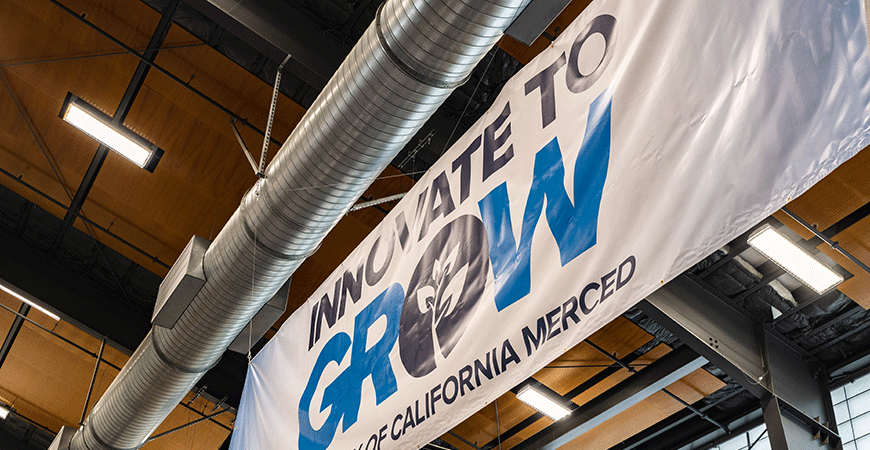As the Hellman Fellowships celebrate their 30th year, three more researchers, one from each of UC Merced’s schools, have joined the prestigious ranks of recipients.
Electrical engineering Professor Qian Wang, sociology Professor Meredith Van Natta and Earth systems Professor Adeyemi...

